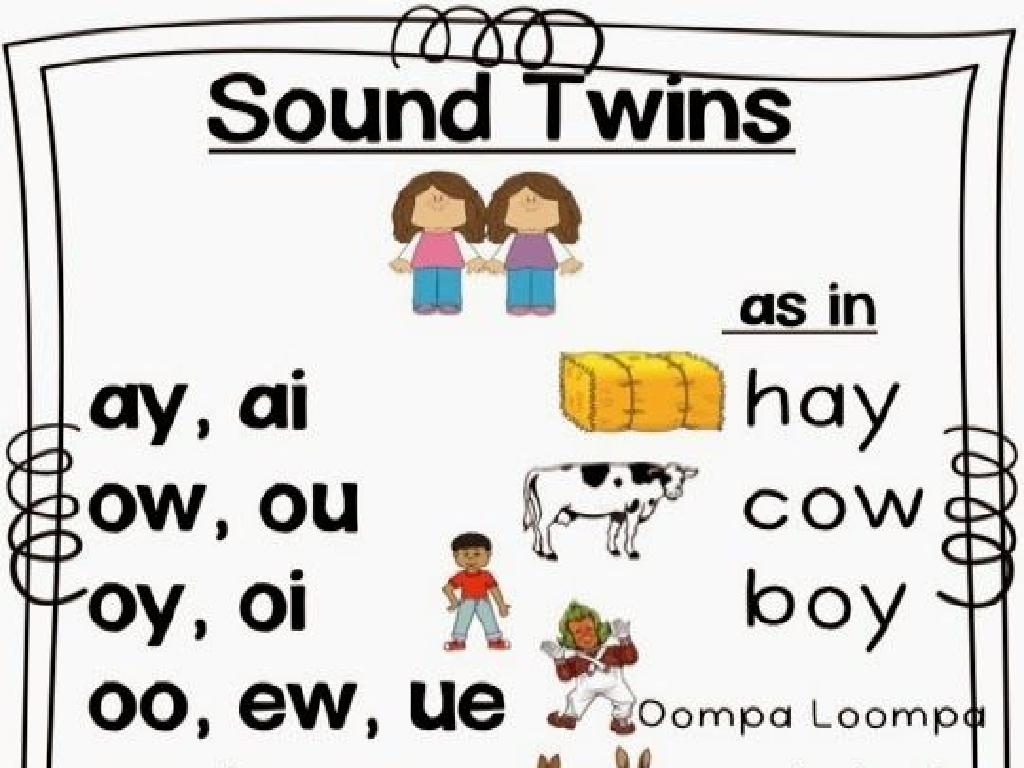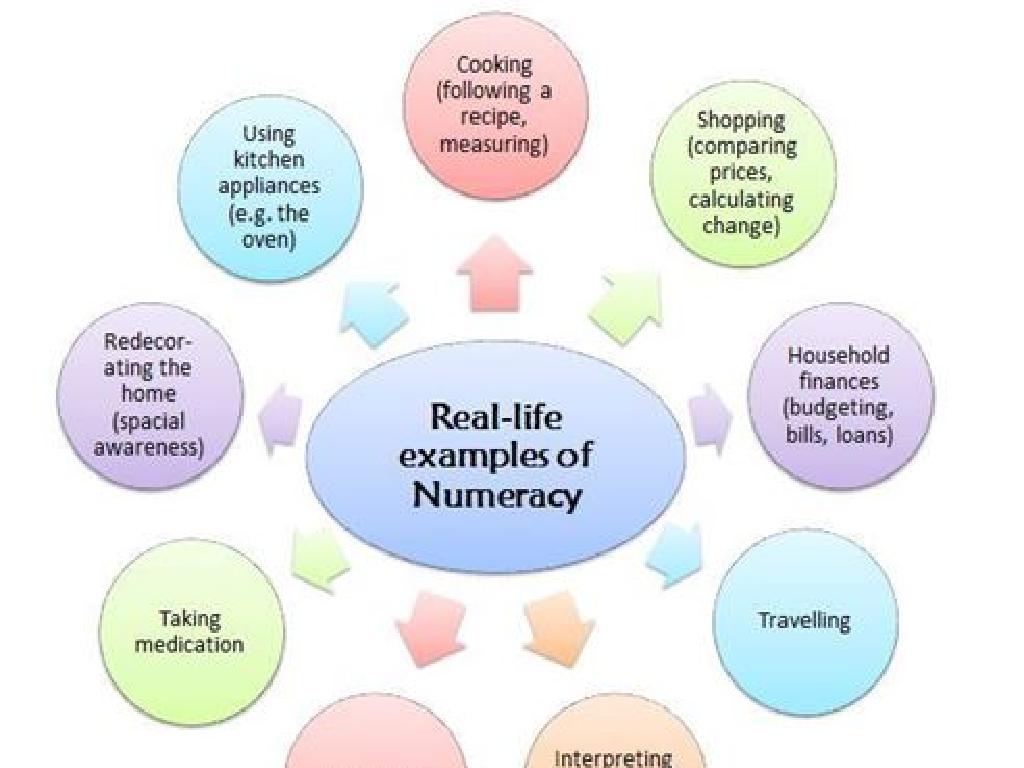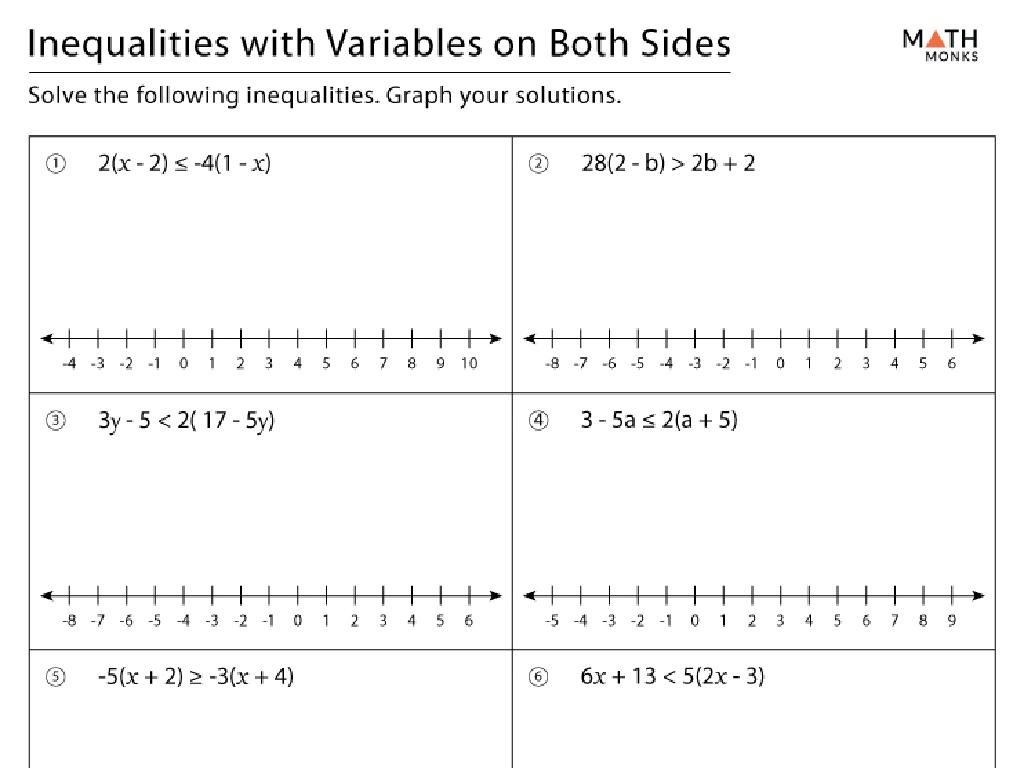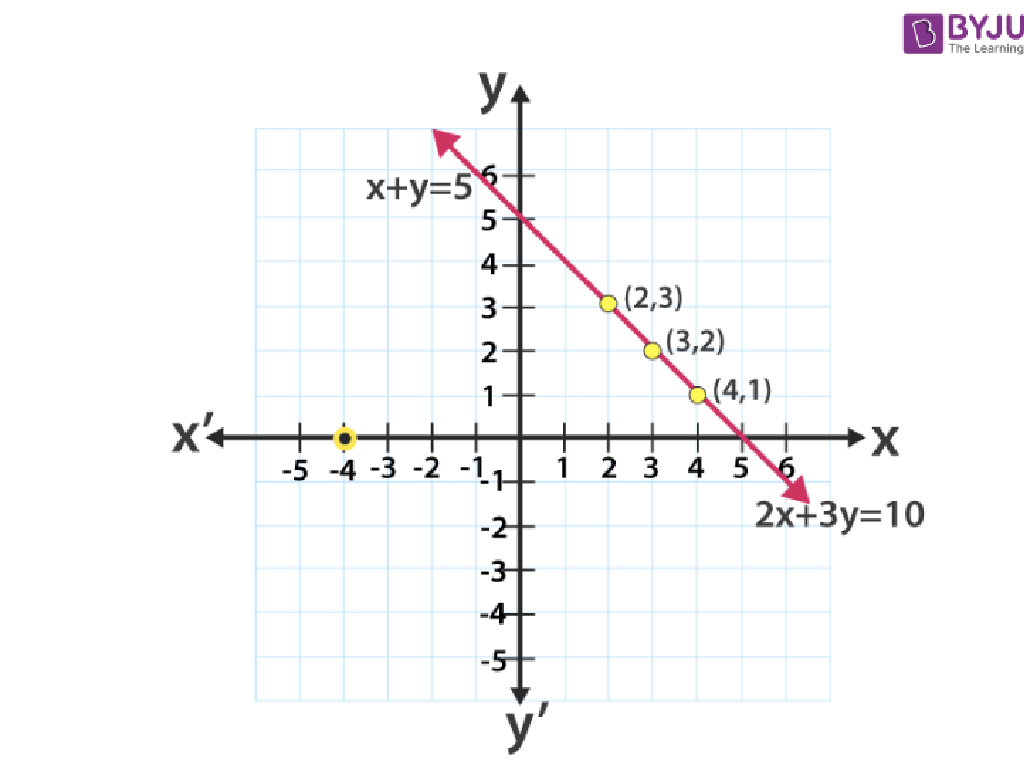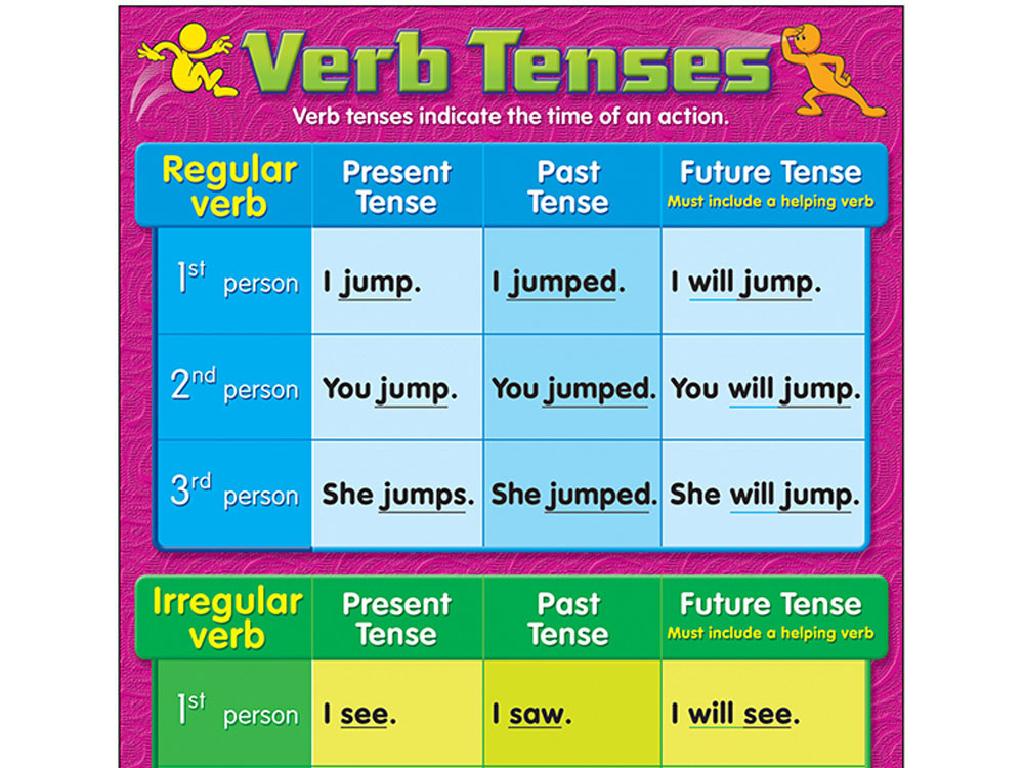Number Of Days In Each Month
Subject: Math
Grade: Second grade
Topic: Time
Please LOG IN to download the presentation. Access is available to registered users only.
View More Content
Days in Each Month
– Months of the year
– There are 12 months in a year
– Days each month has
– Most months have 30 or 31 days, but February has 28 or 29
– Why knowing this is important
– Helps us with planning events and understanding dates
– Fun fact about February
– February has 29 days every 4 years, called a leap year!
|
Begin the lesson by greeting the students and introducing the topic with enthusiasm to capture their interest. Explain that there are 12 unique months in a year, each with a specific number of days. Most months have either 30 or 31 days, but February is special because it has 28 days and 29 on a leap year. Emphasize the importance of knowing the number of days in each month for planning activities, understanding timelines, and keeping track of important dates. Engage the students with a fun fact about February being different and having an extra day every four years. This will help them remember and make the concept more relatable. Encourage students to recite the months and the number of days in each to reinforce learning.
The Months of the Year and Their Days
– 12 months in a year
– Fun rhyme to remember days
– 30 days has September, April, June, and November…
– Practice saying the months
– January, February, March, April…
– Each month’s number of days
– Some months have 30, others 31, and February has 28 or 29
|
This slide introduces the concept of the number of days in each month to second graders. Start by stating that there are 12 months in a year. Introduce the rhyme ‘Thirty days hath September, April, June, and November; all the rest have thirty-one, except for February alone, which has twenty-eight days clear, and twenty-nine in each leap year.’ as a fun way to remember the number of days in each month. Have the class repeat the names of all the months in order to practice and familiarize themselves with the sequence. Explain that most months have 31 days, some have 30 days, and February is unique with 28 or 29 days. Encourage the students to recite the rhyme together and to create their own version of the rhyme for fun.
Rhyme Time: Days in Each Month
– September, April, June, November: 30 days
– Most months have 31 days
– February’s days vary
– February has 28 days, but 29 in leap years
– Leap years add an extra day
– Every 4 years, February gets 1 more day
|
This slide introduces a fun rhyme to help second graders remember the number of days in each month. The rhyme is a mnemonic device that makes it easier for children to memorize the information. Emphasize that while most months have 31 days, September, April, June, and November are exceptions with only 30 days. Discuss February as a special case, having 28 days and an extra day every leap year, which occurs every four years. Encourage the students to recite the rhyme several times and consider creating a calendar activity where they can mark the number of days in each month.
Understanding February’s Days
– February’s unique days
– February usually has 28 days, but not always.
– Leap year explained
– Every 4th year, February gets an extra day.
– February has 28 or 29 days
– Why does February have 28 days sometimes and 29 on others?
– Practice marking leap years
– Let’s find leap years on a calendar as an activity.
|
This slide is aimed at helping second-grade students understand the unique nature of February. Start by explaining that unlike other months, February has 28 days most of the time. Then, introduce the concept of a leap year, which occurs every four years, adding an extra day to February, making it 29 days long. Use a calendar to show students how to identify leap years and mark them. This visual and interactive approach will help solidify their understanding of the concept. Encourage students to ask questions and share any leap year birthdays or events they know of to make the lesson more engaging.
Activity Time: Create Your Calendar!
– Make a calendar for this year
– Mark days in each month
Remember, some months have 30, others 31, and February can have 28 or 29 days.
– Highlight your birthday month
Use a sticker or draw a star on your birthday month!
– Share your calendar with the class
|
This activity is designed to help students learn the number of days in each month by creating their own calendar. Provide them with blank calendar templates and guide them to fill in the correct number of days for each month. Remind them that February is unique with 28 or 29 days. Encourage creativity by allowing them to mark their birthday month in a special way. Once completed, students can present their calendars to the class, which will reinforce their understanding and help them remember the number of days in each month. Possible activities include drawing symbols for holidays, coloring weekends, and adding important school dates.
Class Activity: Birthday Months Chart
– Create a birthday chart together
– Mark birthdays using stickers
– Observe the busiest birthday months
– Discuss the number of days in each month
– Some months might have more birthdays, let’s see if there’s a pattern!
|
This activity is designed to help students learn about the months of the year and the number of days in each month in a fun and interactive way. By marking their birthdays on the chart, students will engage with the calendar and practice counting. After everyone has placed their stickers, facilitate a discussion about which months have the most birthdays and if there’s any correlation with the number of days in those months. This will also be a great opportunity to introduce the concept of leap years and how February can have 29 days. Make sure to prepare a large chart and have enough stickers for all the students. Possible activities include guessing games for which month will have the most birthdays, singing a song about the months, or even creating a bar graph to represent the data visually.
Conclusion: Days in Each Month
– Congrats on learning the month days!
– How many days are in November?
– November has 30 days. Do you remember?
– Use our rhyme to recall month days
– ‘Thirty days hath September, April, June, and November…’
– Review what we’ve learned today
|
This slide wraps up the lesson on the number of days in each month. Start by praising the students for their hard work. Ask them to recall the number of days in November to check their understanding. Remind them of the rhyme (‘Thirty days hath September, April, June, and November…’) that helps to remember the number of days in each month. Use this opportunity to review the content covered in the lesson, reinforcing their learning and ensuring they can use the rhyme to remember the days in each month. Encourage participation and praise correct answers to boost confidence.

